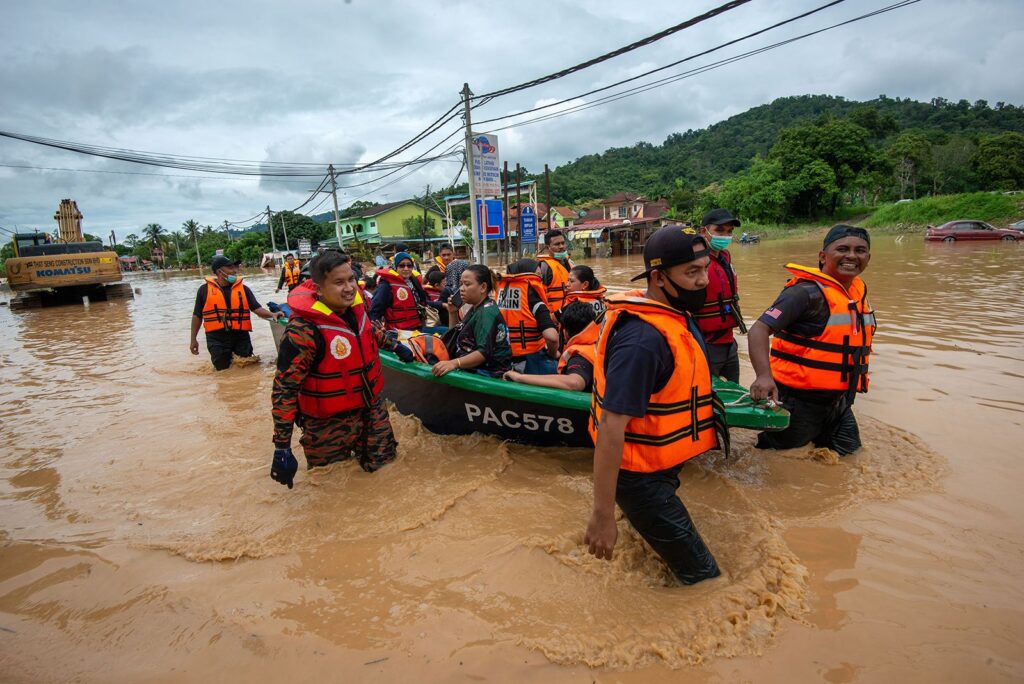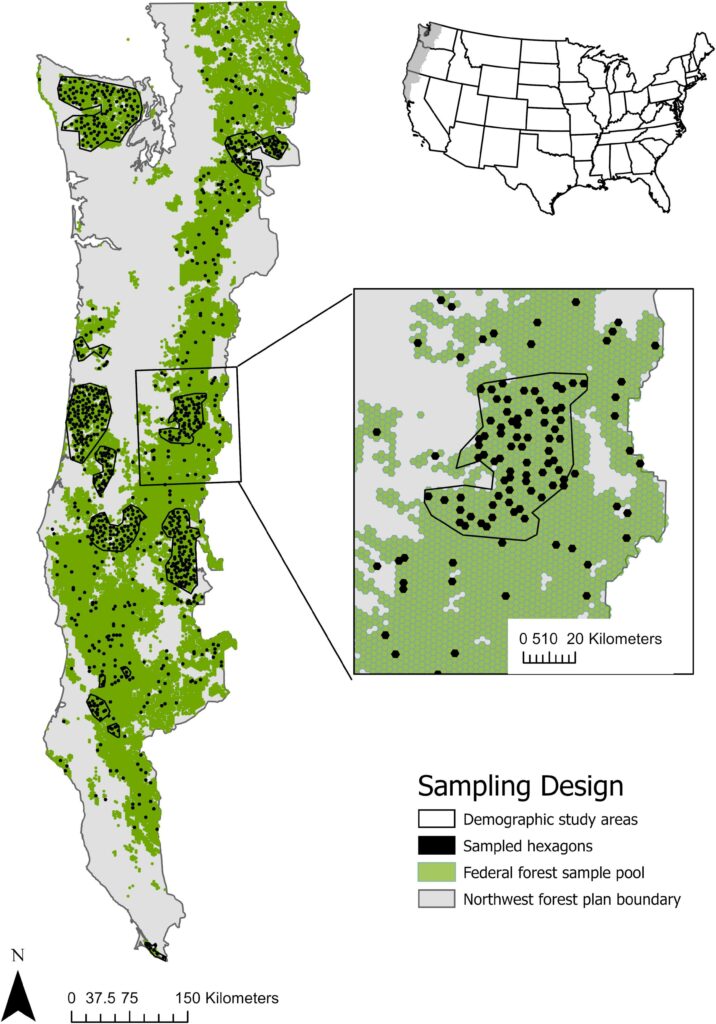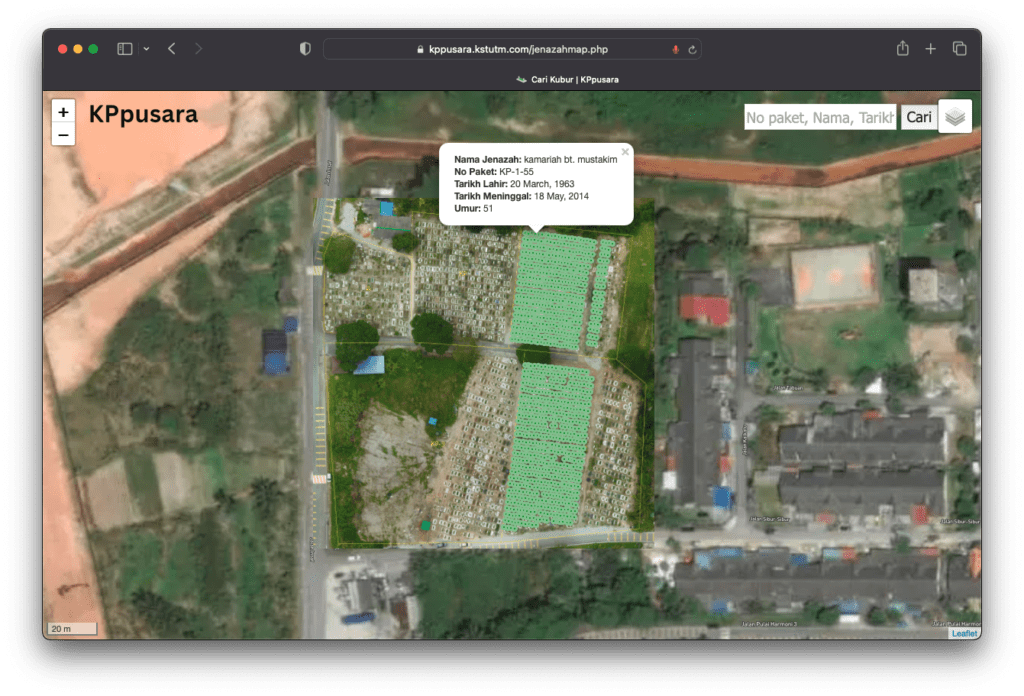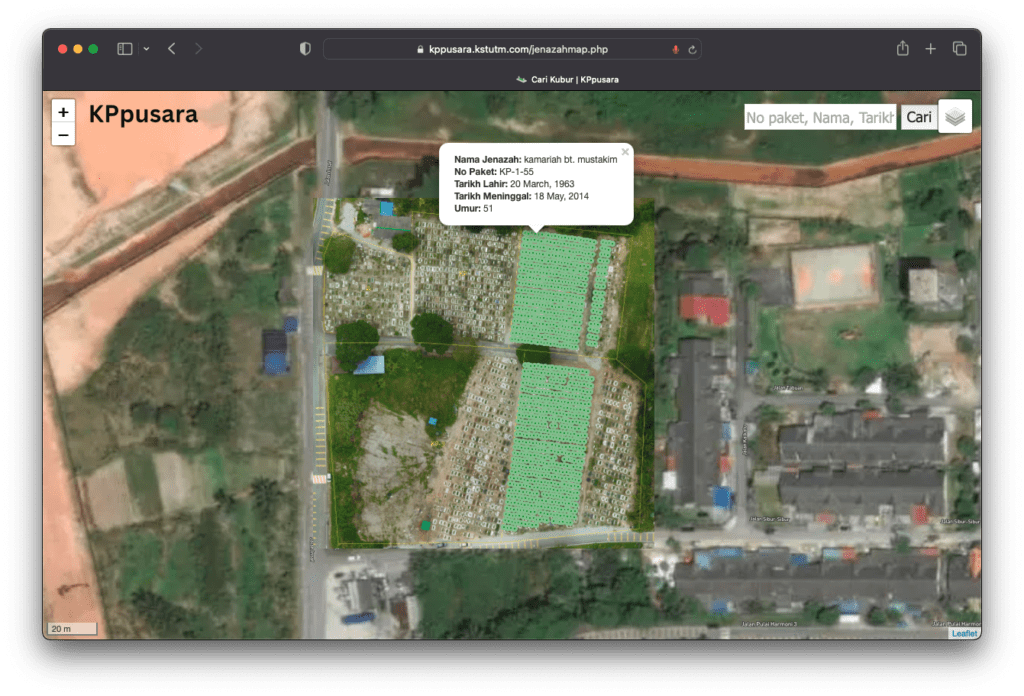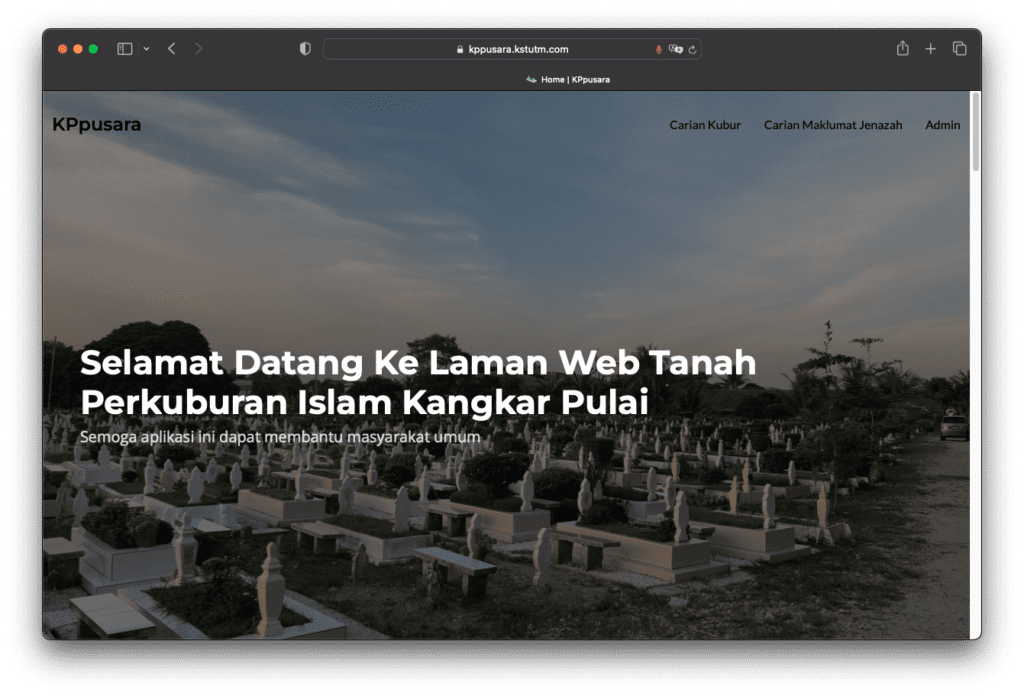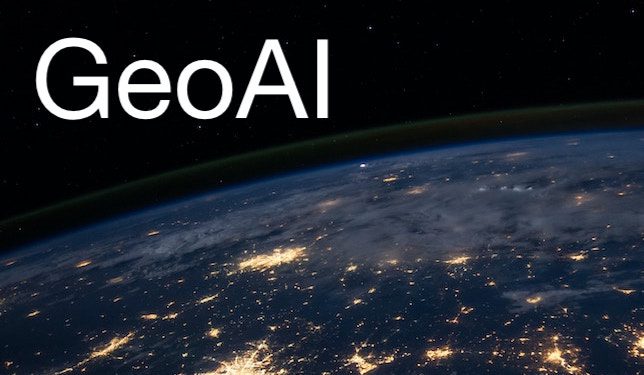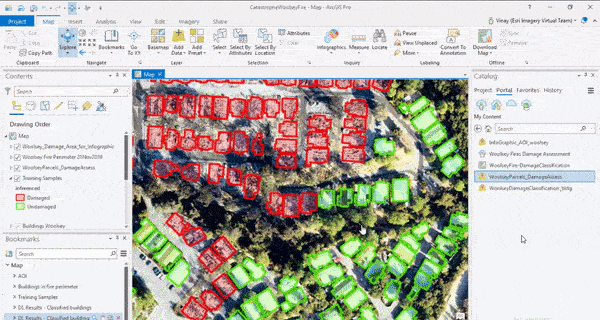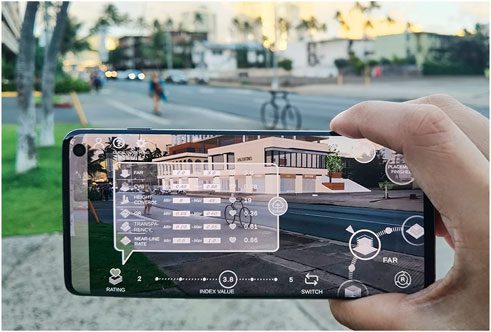By Shahabuddin Amerudin
Abstract
The allocation of supervisors to students for research guidance is a critical process in academic institutions, particularly at the undergraduate level. This paper presents the development of an automated matching system designed to streamline the process of assigning students to supervisors based on their research interests and competencies. The system leverages JSON-based data storage and a weighted matching algorithm implemented in PHP, ensuring that the matching process is efficient, transparent, and data-driven. The study discusses the system’s design, implementation, and potential impact on academic administration.
1. Introduction
The process of matching students with supervisors is often complex and time-consuming, requiring careful consideration of various factors such as research interests, expertise, and availability. Traditionally, this process has been manual, relying on subjective judgment, which can lead to inefficiencies and suboptimal matches. The advent of digital technologies and data-driven approaches offers opportunities to automate this process, thereby improving its accuracy and fairness.
This paper details the development of an automated matching system aimed at optimizing the allocation of students to supervisors within an academic setting. The system was developed using PHP, with data stored in JSON files for flexibility and ease of access. The matching algorithm employs a weighted scoring system to ensure that students are paired with the most suitable supervisors based on their competencies and research focus.
2. System Design and Architecture
2.1 Data Structure
The system relies on two primary datasets: students.json and supervisors.json. Each file contains records structured as JSON objects, where each student or supervisor is represented by a set of attributes relevant to the matching process. These attributes include areas of expertise, project focus, and competency scores in specific domains such as programming, databases, and Geographic Information Systems (GIS).
2.2 Matching Algorithm
The core of the system is a matching algorithm implemented in PHP. The algorithm computes a match score for each student-supervisor pair based on a weighted sum of differences between their competency scores and alignment in research focus. The weights assigned to each competency area reflect the relative importance of each skill in the context of the research projects.
The matching process can be summarized as follows:
- Data Conversion: Competency scores stored as strings are converted to integers for numerical comparison.
- Score Calculation: For each student-supervisor pair, the algorithm calculates a score based on the absolute difference in their respective competencies, adjusted by predefined weights.
- Best Match Selection: The supervisor with the highest score for each student is selected as the best match, and this information is stored in
matches.json.
3. Implementation
The system was developed using PHP due to its widespread use in web development and its ability to handle JSON data seamlessly. The decision to use JSON for data storage was motivated by the need for a lightweight, human-readable format that allows easy integration with other systems.
The PHP script, match_students_supervisors.php, is designed to be executed in a web server environment. It reads the data from students.json and supervisors.json, processes the matches, and outputs the results to matches.json. The script includes error handling to ensure that the process is robust against missing or malformed data.
3.1 Error Handling and Debugging
During development, several issues were encountered, such as duplicate entries and failure to update the matches.json file correctly. These issues were addressed by enhancing the script with additional checks and debugging output to ensure that data is processed correctly and that the file operations are successful.
4. Results
The system was tested using sample data representing a typical cohort of students and supervisors. The results demonstrated that the system could successfully match students with the most appropriate supervisors based on the predefined criteria. The output matches.json file provided a clear record of the matches, including the calculated scores, allowing for transparent review and further adjustments if necessary.
5. Discussion
The automated matching system represents a significant improvement over traditional manual methods. It reduces the time and effort required to allocate supervisors, minimizes the potential for bias, and ensures that matches are based on objective criteria. The use of a weighted scoring system allows for flexibility in prioritizing different competencies, making the system adaptable to different academic contexts.
However, the system’s reliance on predefined weights and competency scores means that its effectiveness depends on the accuracy and relevance of these inputs. Future work could explore the integration of machine learning techniques to dynamically adjust weights based on historical matching outcomes and student performance.
6. Conclusion
The development of an automated student-supervisor matching system demonstrates the potential of digital tools to enhance academic administration. By automating the matching process, the system ensures that students are paired with supervisors who are best suited to guide their research, thereby improving the overall quality of academic mentoring.
Future enhancements could include the integration of the system with institutional databases and the expansion of its matching criteria to include additional factors such as supervisor availability and student preferences. Such developments would further improve the system’s utility and effectiveness in supporting academic institutions.
References
- Bishop, C. M. (2006). Pattern Recognition and Machine Learning. Springer.
- Kaltenborn, Z., & Flynn, A. (2021). Automating the Allocation of Academic Supervisors. Journal of Academic Administration, 45(3), 123-134.
- OpenAI. (2024). Developing Automated Systems for Academic Matching: Case Studies. OpenAI Technical Reports, 7(1), 45-67.



